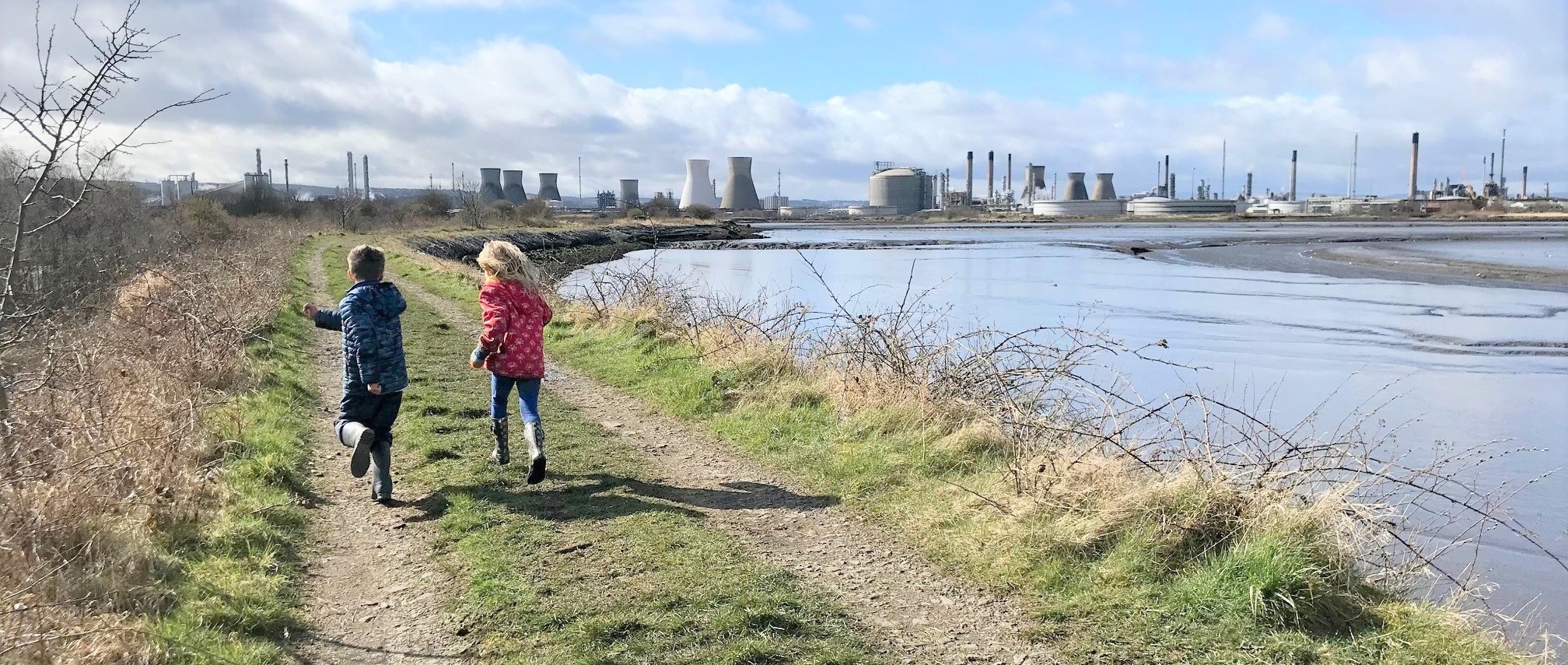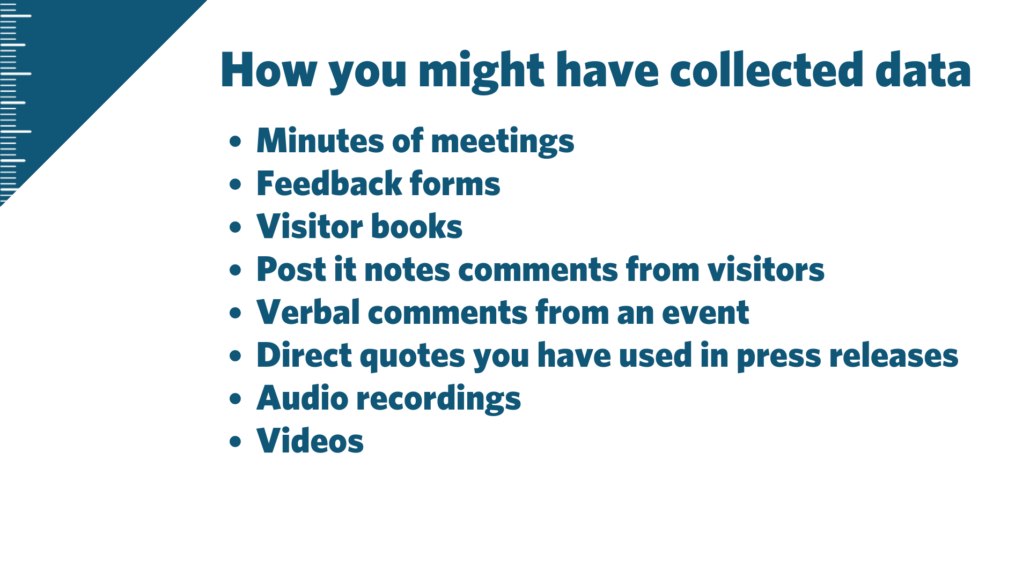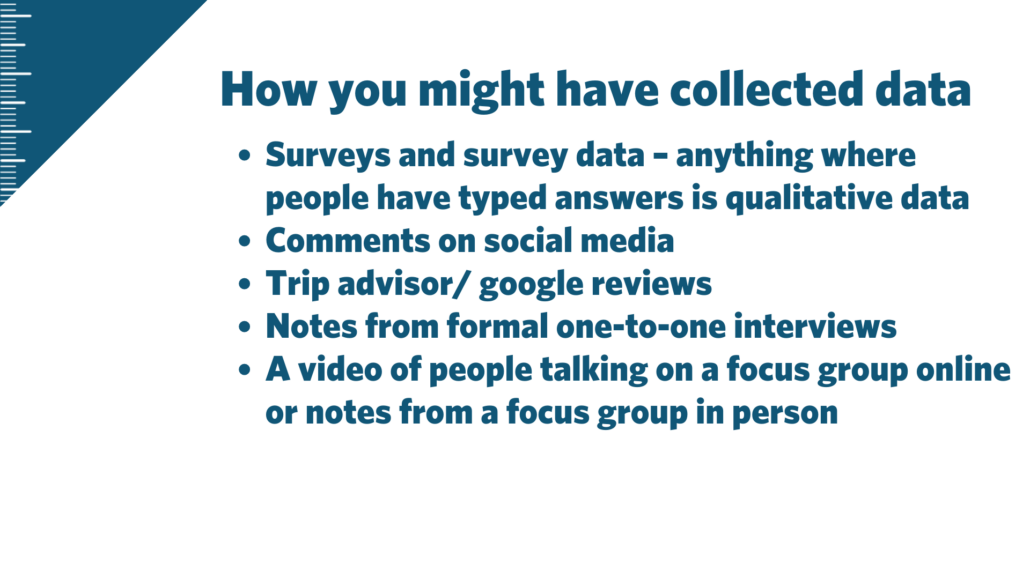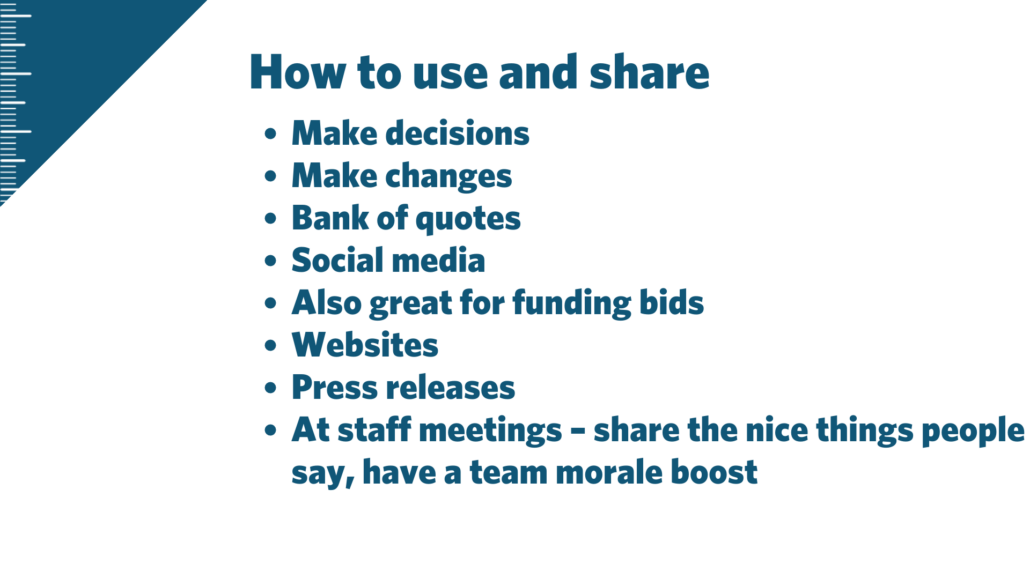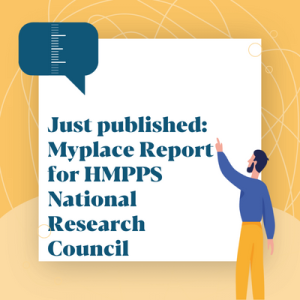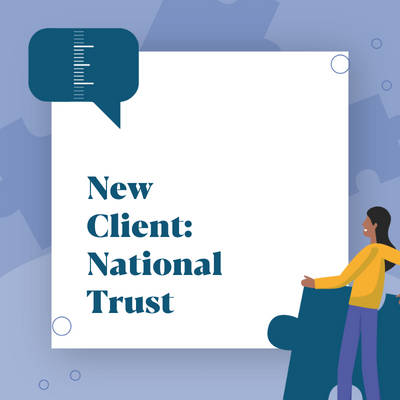Earlier this year, The Evaluator worked with Climate FORTH (Furthering Our Resilience Through Heritage) on their application to the National Lottery Heritage Fund, where we developed an evaluation framework for the whole project. They have just announced they were successful. That’s always a lovely day, sharing in the success of our clients.
The details are below:
A new £1.6million project in the Inner Forth has been granted just over £1million by the National Lottery Heritage Fund to boost the area’s climate resilience through the promotion and enhancement of local heritage.
Climate FORTH is the latest project from Inner Forth Futures, a landscape-scale partnership which has been operating across the coastal areas of Clackmannanshire, Stirling, Falkirk and Fife since 2012. Since the partnership’s inception, it has delivered both the
Inner Forth Landscape Initiative (IFLI) and
Wanderings and Windings projects, enhancing and celebrating the local area’s heritage while improving access through a series of waymarked walking and cycling trails.
The new Climate FORTH project will build on these successes by piloting methods of increasing resilience to climate and other changes in the local area’s natural and built heritage, and in its most at-risk communities.
The project will soon begin work on the delivery of several new initiatives, including green skill training for young people and community groups, enhancement of sustainable travel options around the local area, and capital works at four locations across the project area. The works will improve the climate resilience of greenspaces at Glendevon Drive in Stirling and Rannoch Park in Falkirk, as well as an important community building, Cochrane Hall in Alva, Clackmannanshire and the Gardener’s Cottage ruin at Valleyfield Estate in Fife.
One of the first activities to get underway will be a rebranding of sections of the National Cycle Network which pass through the Inner Forth. Supported by Sustrans, this work will encourage more people to make use of the network and help establish the landscape as a destination for sustainable tourism.
A key aim of Climate FORTH is to pilot new techniques that can be shared with other initiatives and policymakers to inspire further action. The pioneering work of the project will be closely monitored so the knowledge obtained can support Scotland’s aim of achieving net zero emissions by 2045 and help communities move towards a just transition.
Four communities in particular have been identified as being key to the project’s goals, with members playing an active role in decisions involving their local area through the co-design of local resilience plans. They are Hawkhill in Clackmannanshire, Fallin in Stirling, Bainsford & Langlees in Falkirk and Kincardine in Fife.
Climate FORTH Project Manager, Kate Fuller, said, “We’re delighted to have been awarded this Heritage Fund support that will allow us to show how the diverse natural and cultural assets of the Inner Forth can be adapted to tackle the threats of climate change. We’ve seen through our previous work just how special this part of Scotland is. Thanks to National Lottery players, Climate FORTH will enable us to re-invigorate our work with the amazing communities that live here and support them to lead by example as Scotland moves towards achieving net-zero.”
Dave Beaumont, Operations Director for RSPB Scotland said, “We are in a nature and climate emergency and the only way we can meet this challenge is by facing it together. Estuaries such as the Forth are where we are seeing impacts from climate change right now – as sea levels rise, storm intensities increase and rivers flowing into our seas are carrying floodwaters much more frequently. The communities and the incredible wildlife found in and around our estuaries are more fragile than ever and this project will continue our efforts to make them more resilient to the changes ahead.”
Cosmo Blake, Network Engagement Manager for Sustrans Scotland, said, “We are delighted to work with Inner Forth Futures to create a new brand identity and better signage along sections of The National Cycle Network. As well as creating a new brand identity, we are also developing eight new day trips with maps, directional signage and additional bike parking and maintenance stations at local heritage sites and transport hubs. We hope this will encourage more people to walk, wheel and cycle and make sustainable choices when visiting the Inner Forth.”
Heather Macnaughton, Strategic Partnerships Manager at Historic Environment Scotland said, “This funding will build on the exciting work our partnership has already undertaken in the area to help protect this heritage rich estuary from the impact of climate change. Working with the local community, Climate FORTH will shine a light on the area’s natural and built heritage and the important part it can play in improving climate resilience and biodiversity. By working closely with our partners and communities, Historic Environment Scotland looks forward to developing solutions for future resilience and moving together towards a just transition.”
Caroline Clark, Director for Scotland, The National Lottery Heritage Fund said, “This is such an important project for our times – Climate FORTH will enable communities to take the lead in developing their own local responses to the challenges of climate change and Net Zero. What makes this project even more significant is that it will then create templates that can be adapted for use by other communities across Scotland and beyond.”
Inner Forth Futures is a partnership between RSPB Scotland, Clackmannanshire Council, Falkirk Council, Fife Council, Green Action Trust, Historic Environment Scotland, NatureScot, Stirling Council and Sustrans. Climate FORTH is partly funded by The National Lottery Heritage Fund, with additional funding from the UK Government’s Shared Prosperity Fund, the Crown Estate, IFF members and the Scottish Government through Sustrans Scotland’s Network Engagement Programme. The project will be running from August 2023 – July 2026.


